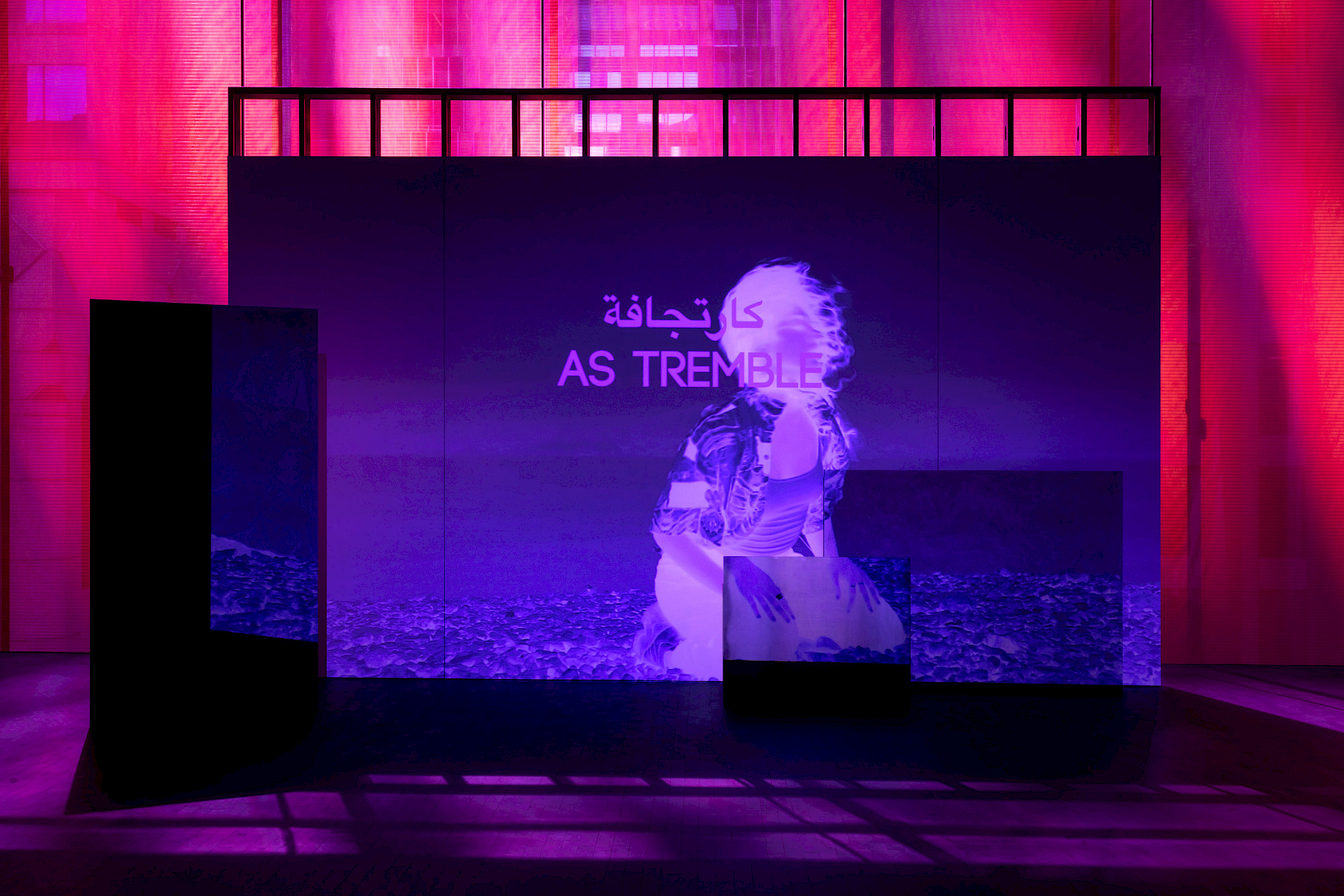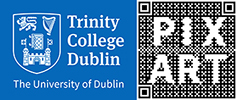
Basel Abbas and Ruanne Abou-Rahme’s May amnesia never kiss us on the mouth (2020– ) examines how communities bear witness to experiences of violence, loss, displacement, and forced migration through performance. Since the early 2010s, Abbas and Abou-Rahme have collected online recordings of everyday people singing and dancing in communal spaces in Iraq, Palestine, and Syria. This work brings these recordings together with new performances conceived by the artists with a dancer, and a group of musicians in Palestine. According to Abbas and Abou-Rahme, through these practices, “these fractured communities are resisting their own erasure and laying claim to space, self, and collectivity once more.”
The project has and will continue to evolve into multiple digital and physical forms. Part I, subtitled Postscript: After everything is extracted, launched December 10, 2020, as part of Dia’s Artist Web Projects—the longest-running web-art commissioning series in the United States—and is accessible for free on Dia’s website. On March 5, 2022, the digital platform will expand with the launch of Part II. A related presentation of the project will take place as an exhibition at the Museum of Modern Art (MoMA), New York, from April 23 to June 26, 2022.
Part II of May amnesia never kiss us on the mouth includes nearly 170 videos from the artists’ extensive collection of found and unedited online recordings of performances, many of which are no longer accessible online. Among these are poetic expressions of the everyday: a lament for a lost home performed from the rubble of a building in Syria; a lovers’ duet; and a young man in Raqqa, Syria, singing waist-deep in the Euphrates River. The songs from the found videos have also been transcribed into Arabic and translated into English, and both texts are a layered component of Part II.
Over the last several years, the artists have also collaborated with electronic musicians Haykal, Julmud, and Makimakkuk, as well as the dancer Rima Baransi, all of whom are based in Palestine. Alongside the found recordings and texts, Part II also features videos shot of the performers responding to specific gestures, music, or texts from the archive. To encourage a singular experience, visitors to Part II can navigate their own trajectory through the compilation of intersecting and overlapping visual material, which is accompanied by sound from the performances and archival videos.
On December 10, 2020, the online project opened with a reflection on the act of mourning titled Postscript: after everything is extracted. Soon after the COVID-19 pandemic shut down much of the world, the artists gave focus to a piece of writing, begun before the lockdown, which speaks to a constant state of grief and pain experienced across virtual and physical spaces. This text is layered with digital portraits and a new sound piece created by the artists in Palestine.
May amnesia never kiss us on the mouth is curated by Kelly Kivland, chief curator and director of exhibitions at the Wexner Center for the Arts, Ohio, and former curator at Dia, with Theodora Bocanegra Lang, Dia’s curatorial assistant. The digital platform of May amnesia never kiss us on the mouth was programmed by Lukas Eigler-Harding. The forthcoming exhibition at MoMA is organized by Martha Joseph, the Phyllis Ann and Walter Borten assistant curator of media and performance, with performances produced by Lizzie Gorfaine, producer, and Kate Scherer, manager, with Ginny Benson, assistant performance coordinator, performance and live programs.
May amnesia never kiss us on the mouth is co-commissioned by the Museum of Modern Art, New York, and Dia Art Foundation, New York.
May amnesia never kiss us on the mouth is made possible by support from the Khalid Shoman Foundation-Darat al Funun and by the New York State Council on the Arts with the support of the Office of the Governor and the New York State Legislature.
This is a collection of taxonomy terms that allow a type of immersive or XR performance to be categorised.
